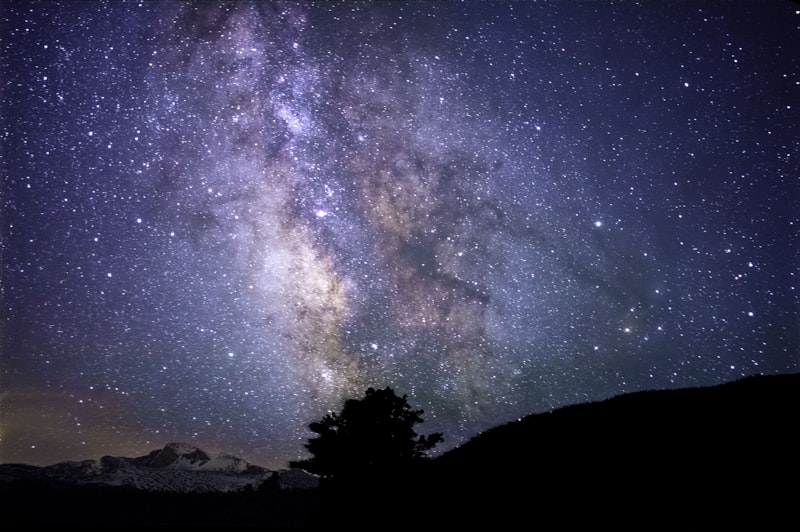Where is the Largest Hindu Temple in the World?

When you think of grand Hindu temples, your mind might instantly conjure images of magnificent structures across India. But what if we told you the largest Hindu temple complex in the world isn't in India at all? It's nestled in the heart of Southeast Asia, in a country called Cambodia, specifically in the vibrant city of Siem Reap. This is where you'll find the awe-inspiring Angkor Wat, a true marvel of ancient architecture and spiritual devotion.
For many Indian travelers, Cambodia and its ancient wonders remain largely undiscovered. Yet, for those seeking a profound connection to shared cultural heritage, a journey to Angkor National Park is an absolute must.
Unveiling the Grandeur of the Angkor Kingdom

The Angkor Kingdom, also known as the Khmer Empire, was a powerful and sophisticated civilization that flourished from the 9th to the 15th centuries. At its zenith in the 13th century, the greater Angkor region was home to an estimated 700,000 to 900,000 people, making it one of the largest pre-industrial urban centers in the world, comparable to ancient Rome.
The empire's influence extended across much of mainland Southeast Asia, shaping the political history and artistic traditions of modern-day Thailand and Laos. Heavily influenced by Indian customs in political organization, culture, and religion, the Khmer Empire initially practiced Hinduism, with a focus on the worship of Shiva and later Vishnu. Over time, Mahayana Buddhism also gained prominence, leading to a fascinating blend of religious iconography and architectural styles in their temples.
The Sacred Stones: Temples of the Angkor Kingdom

The Angkor Kingdom was a period of immense construction, with its rulers striving to outdo their predecessors in the scale and grandeur of their religious structures. The area around Angkor, near modern Siem Reap, served as the royal center and capital for most of the empire's history. The temples were not just places of worship but also symbolic representations of Mount Meru, the mythical abode of the gods in Hindu cosmology.
Over 300 years, between 900 and 1200 CE, the Khmer Empire produced some of the world's most magnificent architectural masterpieces. While many are concentrated in an area approximately 15 miles (24 km) east to west and 5 miles (8.0 km) north to south, the Angkor Archaeological Park, a UNESCO World Heritage site, includes hundreds of temple sites scattered throughout the landscape.
Angkor National Park: A Tapestry of Temples around Siem Reap

The Angkor Archaeological Park, spanning approximately 400 square kilometers, is a sprawling testament to the Khmer Empire's ingenuity and devotion. Located in Cambodia's northern province of Siem Reap, it encompasses scores of temples, hydraulic structures (basins, dykes, reservoirs, canals), and communication routes.
Beyond the iconic Angkor Wat, some of the most famous and awe-inspiring temples within the park include:
- Angkor Thom: A fortified city-within-a-city, built by King Jayavarman VII in the late 12th century.
- Bayon Temple: Located at the center of Angkor Thom, famous for its 54 gothic towers adorned with over 200 huge, serene stone faces.
- Ta Prohm: Often called the "Tomb Raider Temple," it's known for the massive tree roots that intertwine with its crumbling stone walls, creating a mystical atmosphere.
- Banteay Srei: A smaller, exquisite temple located further afield, renowned for its incredibly intricate and well-preserved carvings in pink sandstone.
- Preah Khan: A large monastic complex with vaulted corridors and fine carvings.
- Phnom Bakheng: One of Angkor's oldest temples, offering a popular spot for sunset views over Angkor Wat.
Angkor Wat: The Jewel in the Crown

Angkor Wat, meaning "City of Temples," is the centerpiece of the Angkor complex and the world's largest religious structure, covering over 400 acres (160 hectares). Built in the 12th century by King Suryavarman II, it was originally dedicated to the Hindu god Vishnu and served as his funerary temple. Its design, with five central towers symbolizing the peaks of Mount Meru and an enormous moat representing the cosmic ocean, embodies the splendor and legacy of the Khmer Empire.
The temple's walls are covered with exquisite bas-relief sculptures depicting scenes from Hindu epics like the Mahabharata and the Ramayana, as well as historical events from Suryavarman II's reign. The intricate carvings of apsaras (heavenly nymphs) are particularly captivating, with over 2,000 unique figures adorning the walls. While initially a Hindu temple, Angkor Wat later transitioned into a Buddhist shrine in the 14th century, and many of its Hindu deity carvings were replaced with Buddhist art. It remains a significant religious center to this day.
Why Indians Should Visit Angkor National Park

- Deep Hindu Roots: Angkor Wat, originally a grand Hindu temple dedicated to Vishnu, stands as a monumental testament to the widespread influence of Hinduism in Southeast Asia. Walking through its galleries, you'll encounter familiar deities, epic narratives from the Ramayana and Mahabharata, and intricate carvings that resonate deeply with Indian mythology and art. It's a living, breathing connection to a rich, shared heritage.
- Architectural Grandeur and Engineering Marvel: The scale and precision of Angkor Wat's construction, along with the sophisticated hydraulic systems of the Angkor Kingdom, showcase an unparalleled level of architectural and engineering prowess. For those interested in ancient civilizations and their achievements, Angkor offers a breathtaking display of human ingenuity.
- Cultural Immersion: Beyond the temples, Siem Reap offers a vibrant cultural experience. Explore local markets, witness traditional Apsara dance performances, and engage with the warm and resilient Cambodian people, whose culture still carries echoes of the ancient Khmer Empire.
- A Photographer's Paradise: From the iconic sunrise over Angkor Wat, reflecting in the serene pools, to the mystical embrace of tree roots around Ta Prohm, every corner of Angkor offers a stunning photographic opportunity. The interplay of light and shadow on the ancient stones creates a magical ambiance.
- A Unique Perspective on History: While India boasts countless historical sites, Angkor offers a unique perspective on how Indian cultural and religious influences spread and evolved in other parts of Asia, creating distinct yet connected civilizations.
Let TripCuro Enhance Your Siem Reap Journey

Planning a trip to a destination as vast and historically rich as Angkor National Park can be overwhelming. This is where TripCuro comes in. We specialize in crafting custom itineraries that go beyond the usual tourist routes, ensuring you experience the true essence of Siem Reap and its surrounding wonders.
Whether you're a history enthusiast keen on delving deep into the Khmer Empire's past, a spiritual seeker looking to connect with the ancient Hindu roots, or simply someone who wants to marvel at breathtaking architecture, TripCuro will design a personalized journey for you. We can arrange:
- Expert Local Guides: To provide insightful narratives and bring the history of the temples to life.
- Optimized Itineraries: To help you navigate the vast park efficiently, ensuring you see the must-visit sites and discover hidden gems, all at your preferred pace.
- Seamless Logistics: From comfortable accommodations in Siem Reap to transportation within the park, we handle all the details so you can focus on the experience.
- Cultural Experiences: Beyond the temples, we can arrange unique cultural immersions, such as traditional cooking classes, Apsara dance shows, or visits to local villages.
Ready to explore the wonders of Angkor?
Contact TripCuro today and let us design your perfect, personalized Cambodian adventure!
Request Your Custom Itinerary